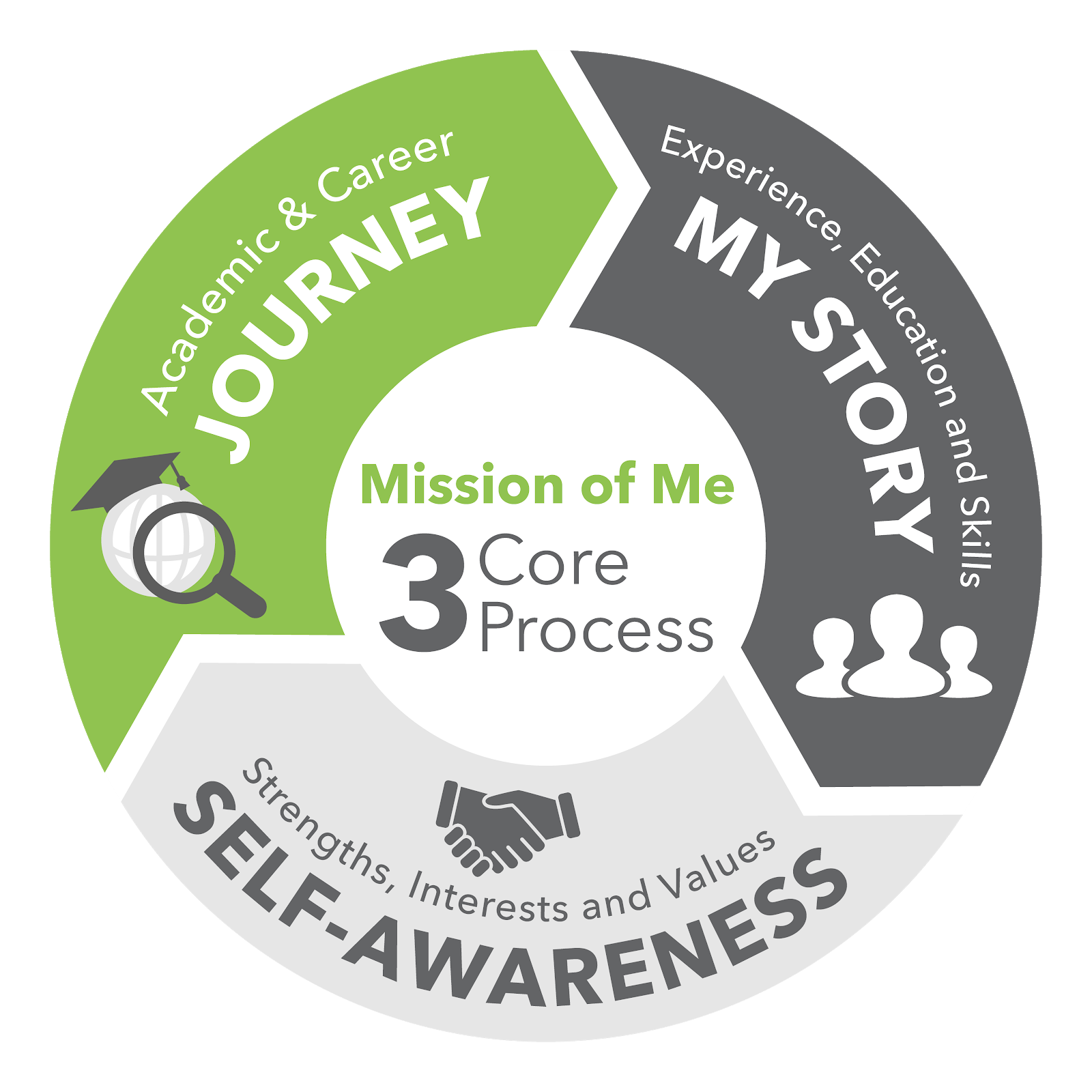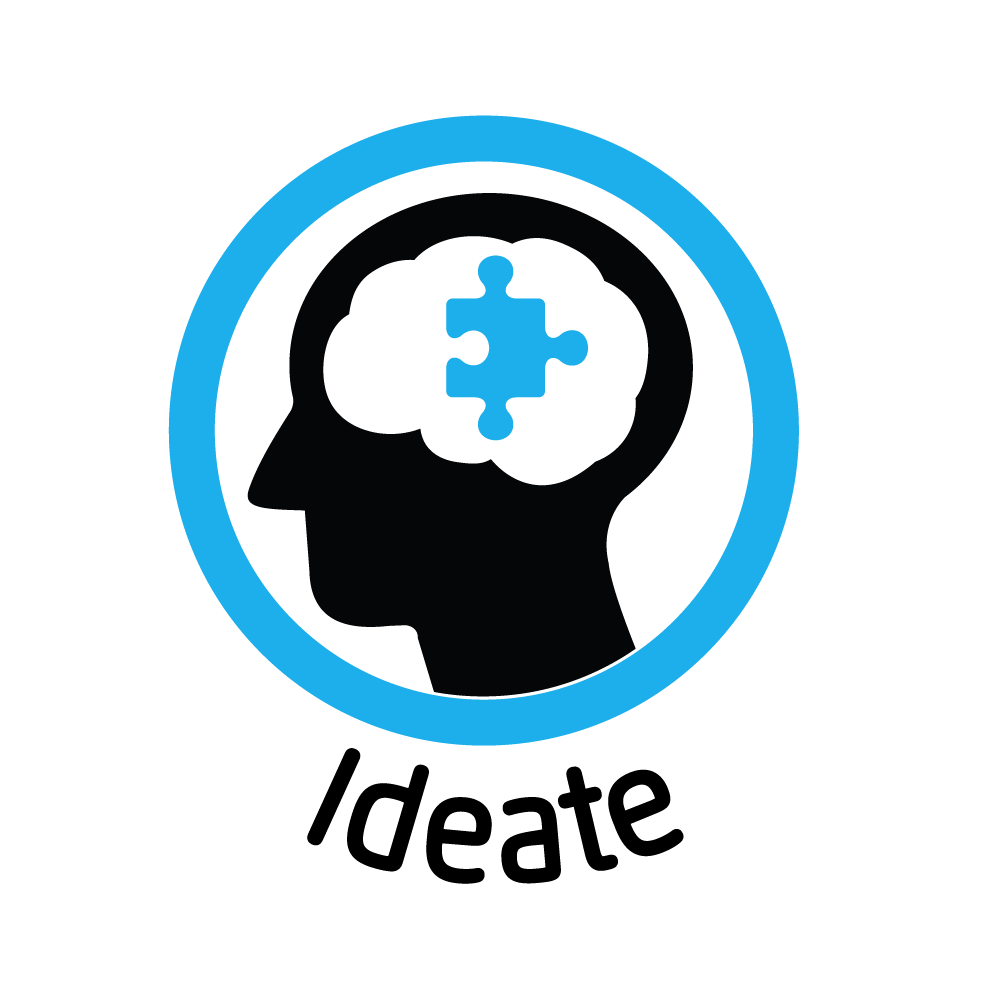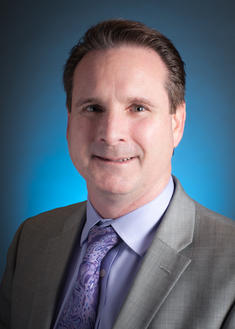Why Schools Need to Change
Using Community Ideas to Shape the Vision for a Career Superhighway
Topics

Today’s learners face an uncertain present and a rapidly changing future that demand far different skills and knowledge than were needed in the 20th century. We also know so much more about enabling deep, powerful learning than we ever did before. Our collective future depends on how well young people prepare for the challenges and opportunities of 21st-century life.
Vista Unified is using the design thinking process with community representatives to re-envision career development in the region.
Setting an effective vision for the future is a tricky business. It has to start with a kernel of an idea but allow sufficient space for the community to develop it into an organic representation of the desired future state. The purpose of this blog post is to provide the fourth status update on the progress of the International Center for Educational Research and Practice (iCERP), housed at Vista Unified school district (Calif.), to build the structure for a Career Superhighway.
As with any complex project, the design process is intended to be inclusive of a variety of stakeholders so that the vision and design of the project represents the aspirations and interests of the people who will be involved in operationalizing the vision: students, teachers, community leaders, business leaders, etc. While the process itself is complex, I have boiled it down into three steps that will lead to a viable vision and plan of action: 1. Level-Setting, 2. Design and Improve, 3. Season the Ideas. This post is a continuation of Step 2.
 In the previous blog posts "Creating a Career Superhighway," "Setting the Vision for Creating a Career Superhighway," and "Using Design Thinking to Set the Vision for a Career Superhighway," I have chronicled the process we are using in Vista Unified to engage the entire community in the design of a new approach to career pathways—one that places the students and business leaders at the center of the conversation in order to ensure that the learning pathway is relevant to the real world.
In the previous blog posts "Creating a Career Superhighway," "Setting the Vision for Creating a Career Superhighway," and "Using Design Thinking to Set the Vision for a Career Superhighway," I have chronicled the process we are using in Vista Unified to engage the entire community in the design of a new approach to career pathways—one that places the students and business leaders at the center of the conversation in order to ensure that the learning pathway is relevant to the real world.
During the first step, we met for more than four hours researching the current disruptions in the world of work. We then transported our thinking into the future to get a glimpse of where things are headed with regard to the requisite skills and dispositions students need to be viable candidates for an increasingly complex and fast-paced global workplace. We then kicked off Step 2 using the design-thinking framework to really get to know the hopes and aspirations of students and employers, framed in the context of how to best approach a redesign of career pathways for all students. These empathy sessions resulted in a rich set of recommendations that placed a laser focus on starting career development at earlier ages and setting the conditions for students to experience the world of work more often.
This blog post takes us deeper into the ideation phase of the design-thinking process.
A Career Superhighway is a metaphor for creating an uninterrupted career development pathway for students to discover their strengths and interests and transform these into talent capital that aligns to the demands of the global marketplace.
Step 2: Design and Improve
Status: Ideation Phase
During our most recent visioning session, we shifted our focus to the ideation phase of the design-thinking process. Armed with four full sessions of future thinking and empathy interviews, our community representatives really enjoyed jumping into action with their ideas around the driving question that Eric Chagala, the principal of Vista Innovation and Design Academy (VIDA) and co-leader of the Career Superhighway project, posed: How might we set a career-development pathway for students that aligns to the demands of a global marketplace?
To set the stage for the actual ideation activities, Ed Hidalgo, San Diego County's foremost expert in career development and the creator of the World of Work (WoW) Initiative, led a discussion focusing on his WoW Framework. Ed is the chief innovation and engagement officer at the Cajon Valley Union school district, our partner in learning transformation. Our partnership with Cajon Valley is made possible through a grant from the American Student Assistance (ASA), a national nonprofit, to expand the WoW Initiative. Ed's theory of action is that successful career preparation engages a student in building self-awareness in the academic and career journey and enables students to tell their story. He calls this the "Mission of Me."

(Courtesy of Ed Hidalgo)
This is a brilliantly simple approach to creating the conditions for all students to identify their strengths, interests, and workplace values. Ed fleshed out the WoW Framework by highlighting the levels of engagement all students need to access in order to realize the full spectrum of their career journey: exploration, simulation, meet a pro, and practice. While these levels seem simple, the brilliance of Ed's design is that this process is intended to be repeated multiple times as students progress from elementary, to middle, and through high school. In other words, students need to become fully immersed in career exploration over the course of their entire school career in order to truly define their strengths, interests, and values related to their place in the world of work.
The core of the design-thinking process is to harness the power of ideas, lots and lots of ideas. Eric Chagala opened up a can of ENTHUSIASM during the session and got the community representatives actively engaged in using the empathy-interview feedback as a springboard to ideate possible solutions to the guiding question: How might we set a career-development pathway for students that aligns to the demands of a global marketplace? The outcome of this activity was impressive. We had over 30 members of the Career Superhighway team present, organized into eight groups. During the session, we generated over 300 individual ideas to answer the guiding question. In the spirit of design thinking, every idea served to reinforce our mission to identify viable ideas to solidify our career-development pathway. Every idea, no matter how outlandish, added to the texture and value of our collective work. The ideas collected ranged from using tools to identify strengths, interests, and values, to expanding the learning environment into the community, and modifying the master schedule to allow for students to have time during the day to get out into the community. The magic of engaging a large group of people in the ideation phase is that the collective enthusiasm for the vision is amplified and elevated because people discover the possibilities exposed by the plethora of ideas generated. Check out all of the ideas generated here.

(Courtesy of Eric Chagala)
At the end of the session, Chagala led a debriefing of our collective work framing it as "I like, I wish, I wonder." This, too, was an inspiring activity because it served to really consolidate how people were thinking about setting a vision to create an uninterrupted career-development pathway for students that aligns to the demands of a global marketplace. Students, teachers, parents, and business leaders liked the community approach to the work, they wished that this structure was in place when they were in school, and they wondered if our current education system could embrace the change ideas generated. My thought, as I was listening, is that it is our obligation to become the model for how the educational system needs to evolve to the next level—a more flexible and nimble system that responds dynamically to the needs of the community. Check out all of the ideas for "I like, I wish, I wonder" here.
Up Next... Prototyping the Career Superhighway.
iCERP and the Career Superhighway of the Future
At iCERP, we consider ourselves explorers in shaping this new world. In partnership with UC San Diego, the San Diego Workforce Partnership, and Next Generation Learning Challenges, iCERP is embarking on a journey to build the career superhighway of the future. It is a daunting task and represents one of the largest change-management initiatives undertaken by education. The iCERP advisory board includes Sandra Brown of UC San Diego, Jason Spencer and Kristen Brown of the California Department of Education, Carrie D'Ascoli of Google, Robert Westfall of Solatube, Phil Blair of Manpower Global, Erin Gavin of Qualcomm, Karen Cator of Digital Promise, and Jack Kahn of Palomar Community College. Together we are working with our community to define this new ecosystem of talent.




